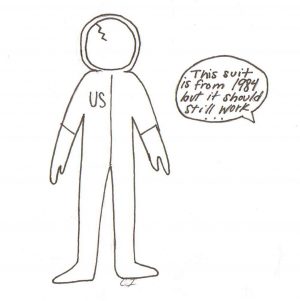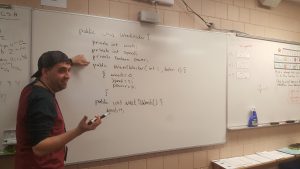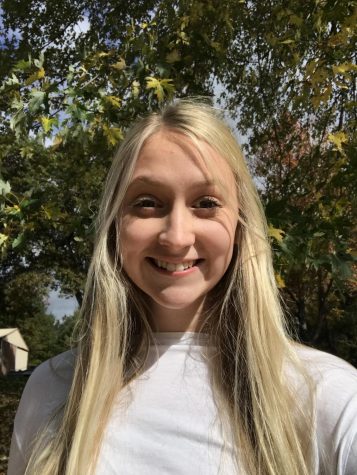NASA Rover challenge brings students together
May 28, 2021
Six students joined together during quarantine to participate in the 27th annual Human Exploration Rover Challenge (HERC). This challenge is a complex competition against other high schools all over the world. Throughout the last eight months, the team learned new skills and worked diligently, and it paid off. They were awarded 2nd place in the competition.
The Human Exploration Rover Challenge is an intense challenge for students from all over the world. A team of Stillwater students spent the last eight months designing, engineering, and testing their own ideas to compete in an environment that replicates Mars. The team was given extreme requirements; they had to fit their rover in a five by five-foot box along with weight and assembling limits.
Team captain junior Vincent Ramirez explained why the team formed, “We were looking for something suitable for our engineering skills and to do in our free time.”
Their eight-month process was filled with challenges and help from local mentors. They had a handful of mentors and sponsors coming together to teach and to guide them. The team learned how to build molds, weld, and design.
When talking about the team’s mentors, junior Addie Foote said, “They gave us advice on our design and our ideas.”
Students from all grades and clubs joined together to design and build the rover. The top students from science, robotics, and engineering clubs all came to do what they do best. At first, teamwork was difficult and they were doubtful on how to work together as a team. But what makes everything so rewarding, is when they were finally able to see their hard work come off of the screen and actually come together.
“[The team] definitely learned a lot of teamwork, along the way,” Foote said.
It was not an easy task the team signed up for. Since it is their first year competing, they had to learn how to work together. To make time go more efficiently they gave each other tasks to do, and each task was given based on each of their skills. Some worked on engineering, while others worked on writing reports and designing the rover. Throughout the process, they thought they completed the rover five times until they had it perfected.
When explaining her struggles, Foote explained, “Little things that you have to account for that made [the rover] hard to design and build.”
Months of hard work and dedication paid off for this group of six. In an international competition through NASA, they received second place and the Ingenuity Award. Their skills shined in only their first year in the competition. Efficiency, dedication, and teamwork helped build a strong and competitive team.
Ramirez described his favorite part while making the rover, “We started to become a working group together.”
Foote added on, saying it was really cool to see all the ideas become a reality.











